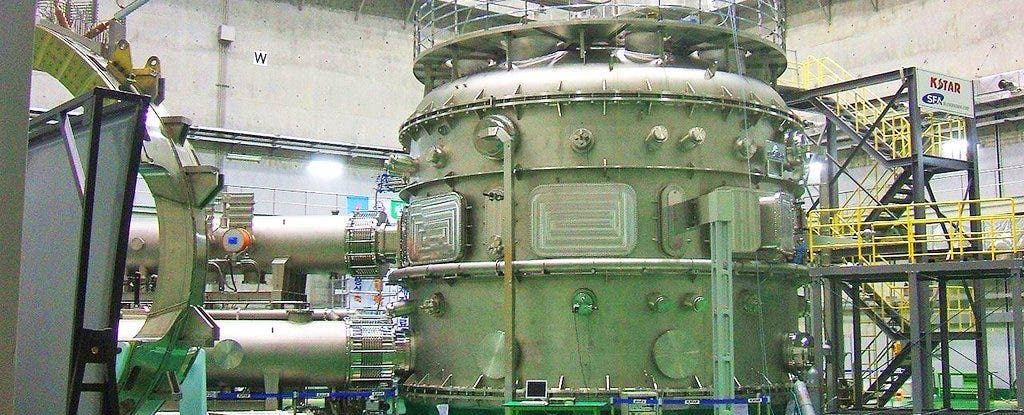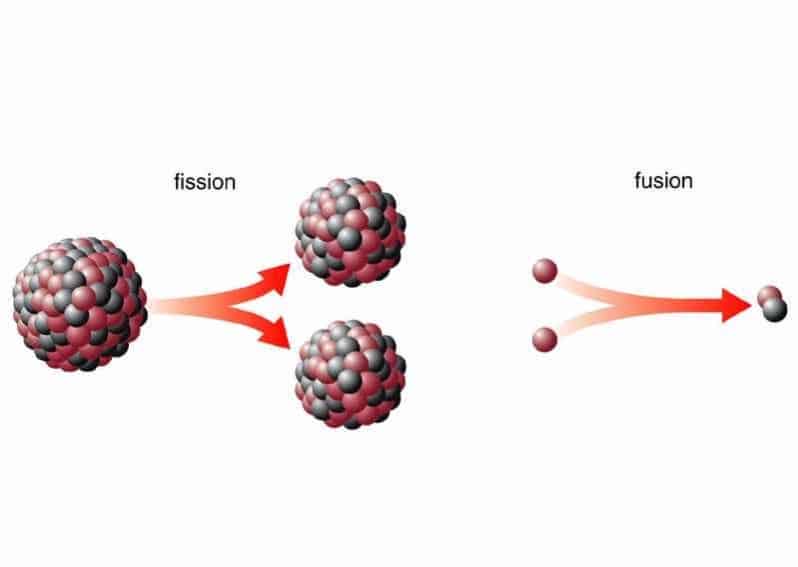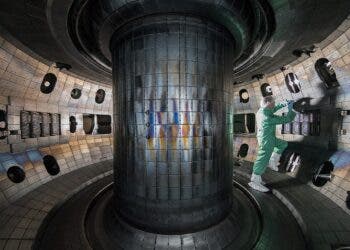Scientists working on nuclear fusion have announced the breaking of another record – they’ve maintained ‘high performance’ plasma in a stable state for 70 seconds this week, the longest time ever recorded for this type of reaction.

Fusion power is regarded by many researchers as the holy Grail of clean energy. If we could create functional fusion machines, then we could create clean energy for thousands of years with little more than salt water. Researchers have been dreaming of clean fusion for decades, but so far, it still remains a work in progress – and many doubt its feasibility. But in recent years, several breakthroughs have shown promise and are bringing the technology closer to reality. In Germany, a device called a Stellarator is reportedly working as planned, and in Korea, a different type of reactor (a Tokamak) has sustained fusion for the longest time ever.
The problem with fusion power is that you have to maintain ungodly high temperatures – up to 300 million degrees Celsius (about 540 million degrees Fahrenheit). These temperatures are required for the hydrogen atoms to fuse together and create helium, the process which releases energy – a process similar to what’s happening inside the Sun and other stars. This is why fusion energy is sometimes called “a star in a jar.”
But maintaining such high temperatures is no easy feat, and involves incredibly strong magnetic fields. Ultimately, what you get is a tradeoff between temperature, pressure, and time. So you end up with high temperatures at high pressures, which is what you want, but you’ll have problems sustaining it for a long time. That’s why 70 seconds might not seem like a lot, but it is.
The KSTAR reactor is housed at the National Fusion Research Institute (NFRI), and has shown great progress in recent years.
“The world record for high-performance plasma for more than a minute demonstrated that the KSTAR is the forefront in steady-state plasma operation technology in a superconducting device,” NFRI said in a statement today. “This is a huge step forward for realization of the fusion reactor.”
Surely enough, the device still consumes more energy than it creates, but at this point it’s just a proof of concept. As they push the limits of the device more and more, they hope to ultimately harness the energy of fusion – and usher in a new age of cheap and clean energy.






